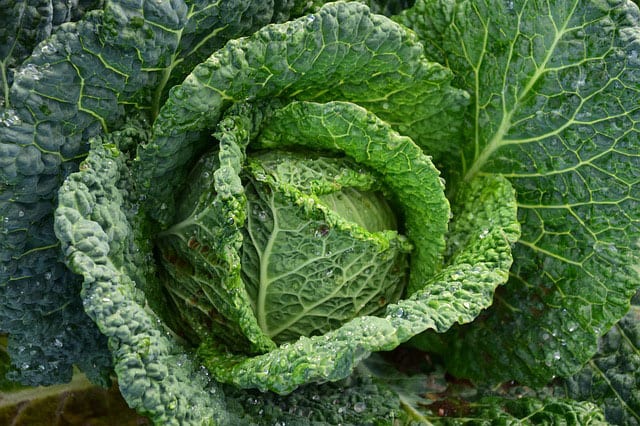Congratulations! You’re about to have a bundle of joy! You have names picked out, and you’ve been preparing for the past nine months to welcome this new little family member. You’ve ticked off the boxes on your checklist: changing table, safe: Check. Bottle sterilizer: Check. Baby clothes: Check. Teddy bear: Check. As far as you know, you’ve covered the bases and everything is ready for homecoming day.
But… are you forgetting something? Have you spoken with your healthcare team about newborn screening for your baby? Up to 50 disorders can be detected through newborn screening, including tyrosinemia 1.
Ty-What?
Tyrosinemia 1 is an amino acid disorder where the body can’t break down tyrosine which, along with other harmful substances, can damage serious kidney and liver damage. People with this rare disorder can have episodes of pain and weakness throughout their lives. If undetected, babies with tyrosinemia 1 may have poor weight gain, vomiting, diarrhea, and a cabbage-like odor from their skin.

[Source: pixabay.com]
There is a medication that lowers the level of tyrosine and can help prevent the onset of liver and kidney damage, but again, beginning treatment as early as possible will help to ensure the best possible outcome.
For information about newborn screening, visit STAR-G (Screening, Technology, and Research for Genetics). And talk to your doctor before you bring that little bundle of joy home about having your baby tested. Just think: It will give you 50 less things to worry about!
Is tyrosinemia part of newborn screening in your area? Share how you learned about your child’s disease in the comments below!


